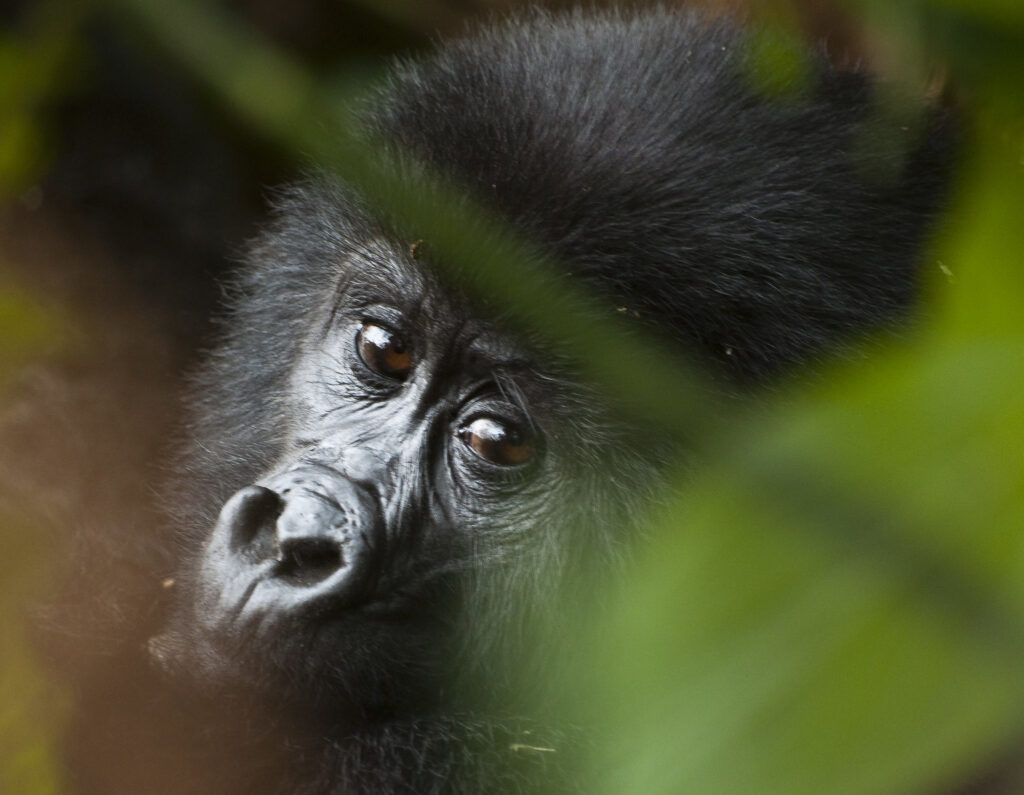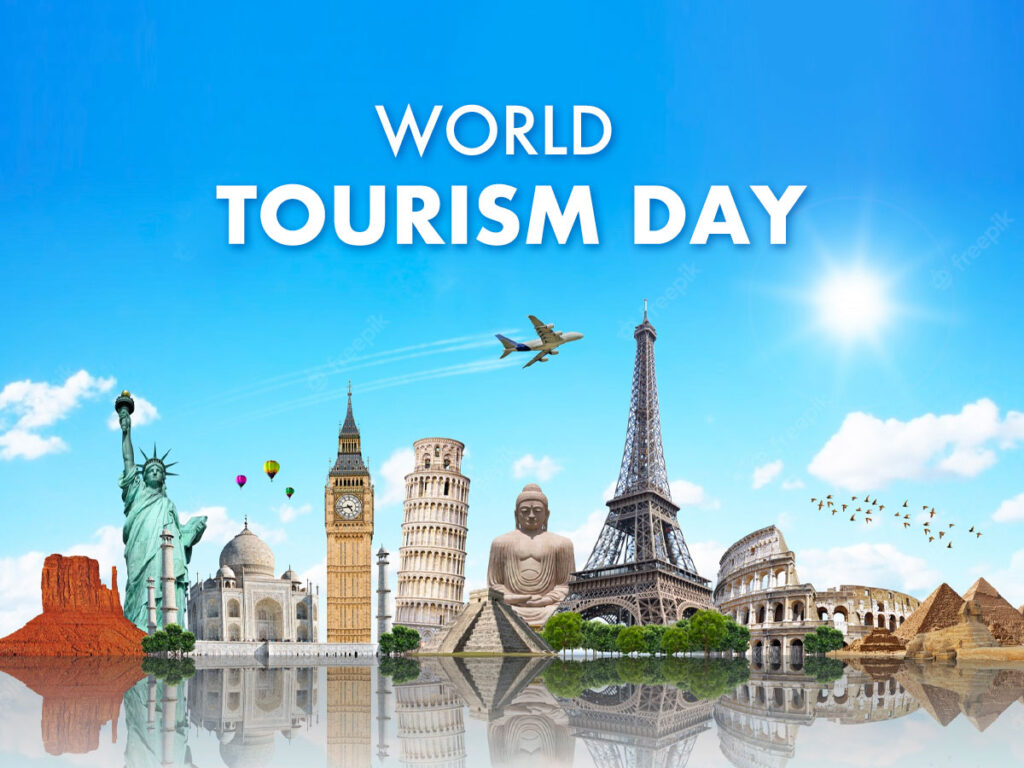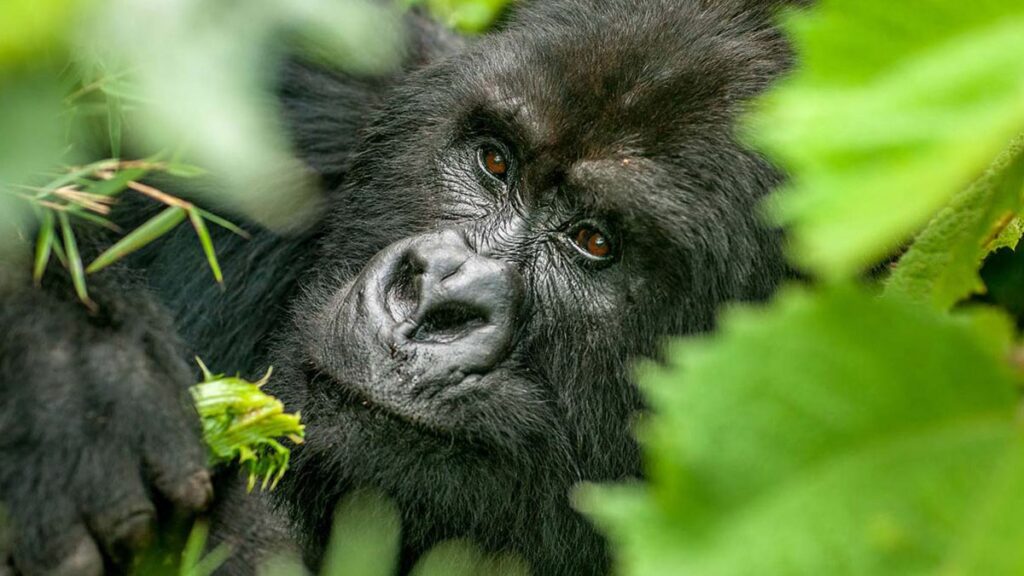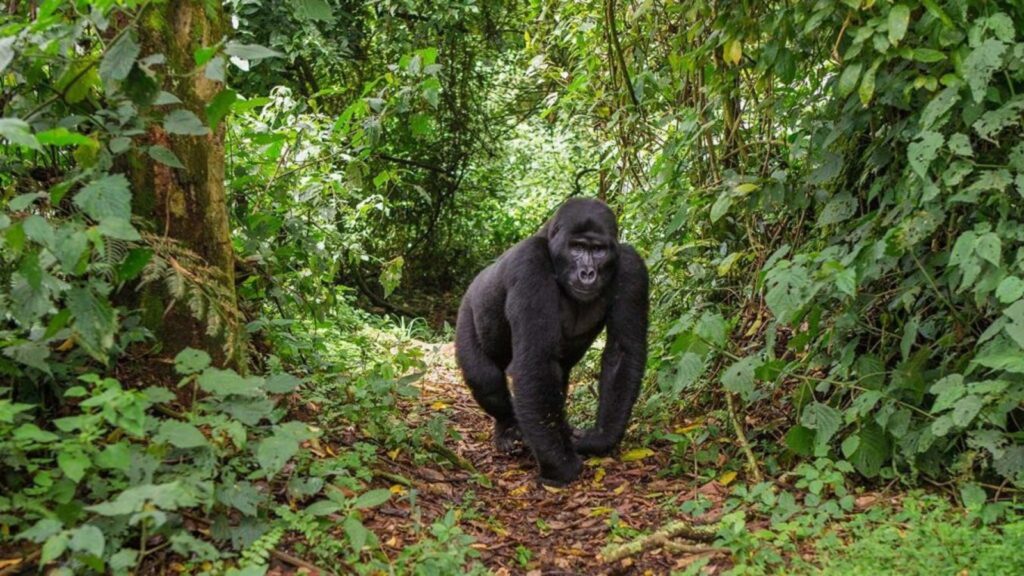Is Gorilla Trekking Safe? What Every Tourist Should Know
For many travelers, gorilla trekking sounds thrilling—but also slightly intimidating. The thought of walking through thick jungle to meet wild mountain gorillas can raise questions about safety. Is the experience dangerous? What about the risks from wildlife or unstable terrain? The good news is: gorilla trekking is very safe when you follow the rules. Uganda, Rwanda, and Congo have worked hard to make the experience secure, guided, and respectful—for both tourists and gorillas.
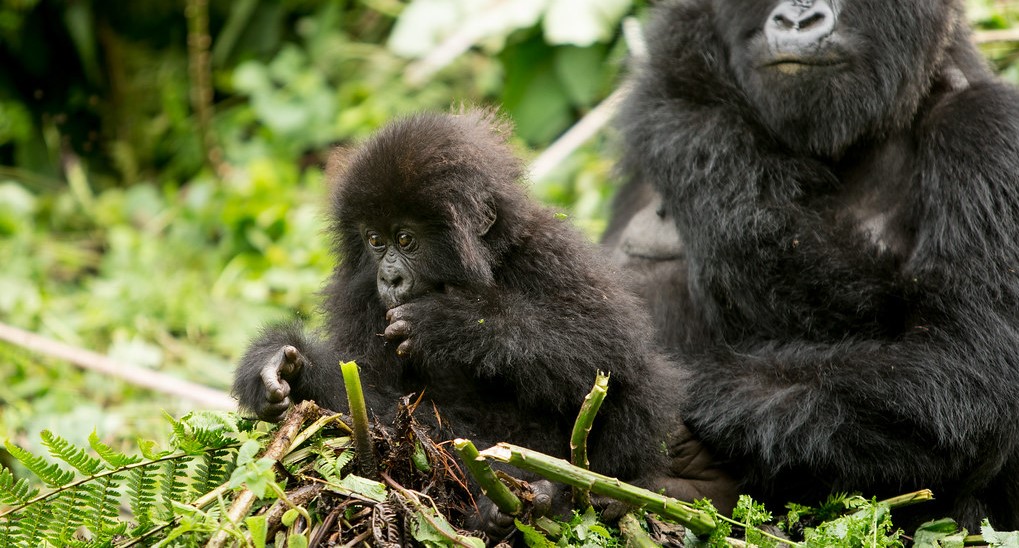
Ranger Escorts and Security
Every trek is led by trained ranger guides who know the forest well. Alongside them, you’ll have a team of armed escorts and trackers. Their job is to keep you safe from start to finish. These professionals know how to read the forest, track gorilla groups, and respond to any unexpected situation.
In areas where gorillas live, safety is taken seriously. The parks stay in close coordination with tourism police and national security teams. In Rwanda and Uganda, security in gorilla trekking zones is very stable. Trekkers follow well-monitored trails, and rangers maintain full communication through radio.
In Congo, where safety concerns are more common, authorities strictly manage visitor movements. Virunga National Park has well-trained rangers and often arranges additional protection to ensure tourist safety. Tourists are not allowed to trek unless the situation on the ground is secure.
Gorilla Behavior and Guidelines
Mountain gorillas are generally calm, peaceful animals. They are used to human presence through a long process called habituation. That said, they are still wild and powerful. This is why guides give clear instructions before the trek and during the hour you spend with the gorillas.
You are expected to remain calm, avoid sudden movements, and speak in low tones. If a gorilla approaches, your guide will tell you what to do. Following their instructions is key to staying safe. Serious incidents are extremely rare, especially when rules are respected.
Terrain and Trekking Conditions
The trek itself is challenging in some areas. Slippery trails, steep slopes, and muddy conditions can make walking difficult. While this isn’t dangerous in a life-threatening way, injuries like twisted ankles or fatigue can happen.
To stay safe, wear good hiking shoes, use a walking stick, and hire a porter to assist you if needed. The guides set a pace that fits the group and will always help you navigate tricky terrain.
Health and Hygiene Measures
Gorillas share over 98% of their DNA with humans, making them vulnerable to human diseases. To protect them and yourself, parks enforce strict health guidelines. If you show signs of illness—like fever, flu, or cough—you may be denied entry to trek.
Tourists are required to keep a safe distance from gorillas (at least 7 meters). In recent years, face masks have also been encouraged during gorilla visits to reduce the risk of disease transmission.
Final Thought: Plan Your Safari
Gorilla trekking is one of Africa’s safest and most organized wildlife activities. With trained rangers, well-regulated visitor limits, and responsible rules, you’re in good hands. Respect the environment, listen to your guide, and prepare physically—and your trek will be both safe and unforgettable.

